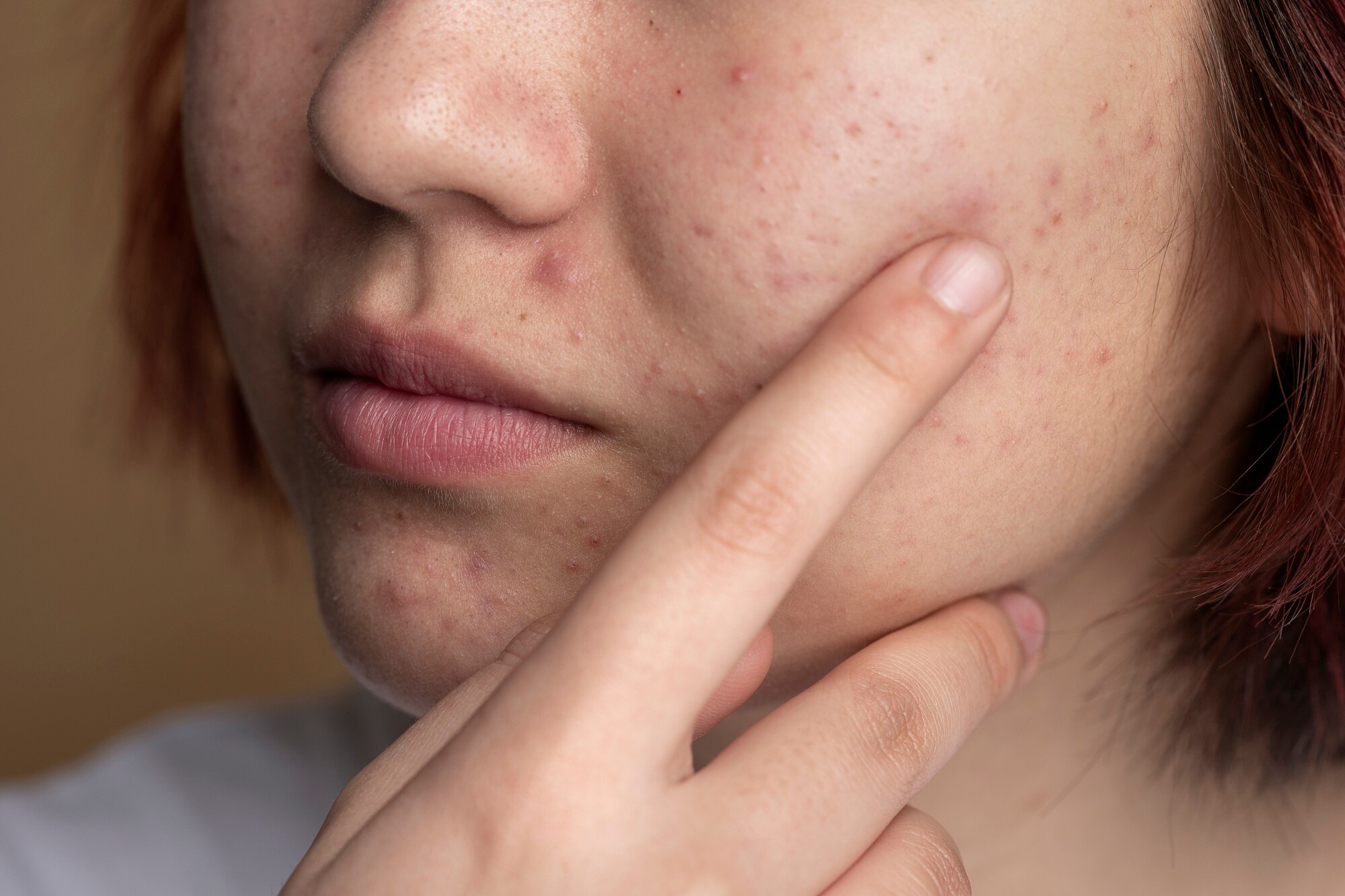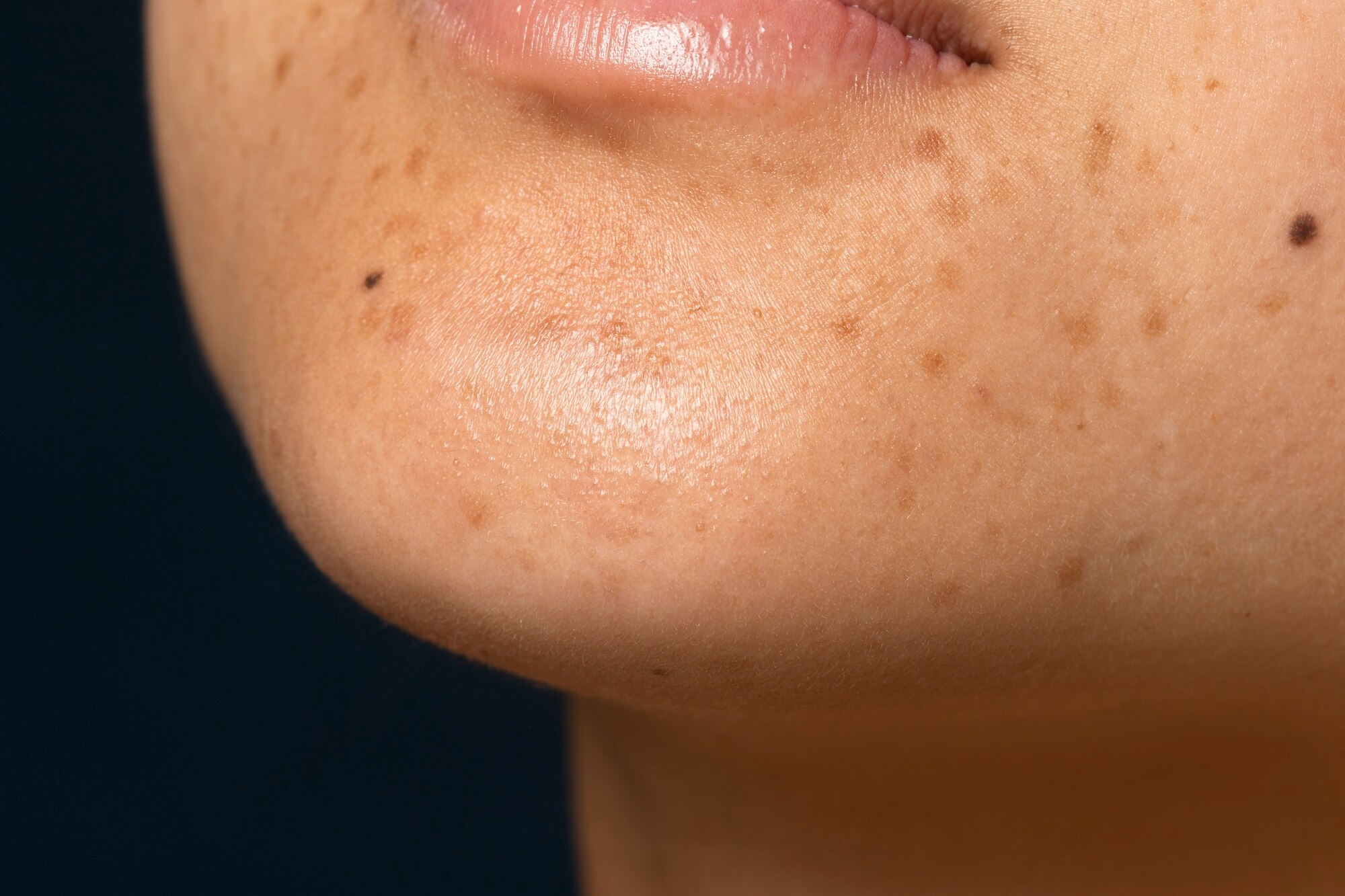
As the warmth of the sun embraces us, it brings not just light and vitality but also a hidden threat – ultraviolet (UV) radiation. While basking in the sun can be delightful, prolonged exposure can lead to photo ageing, a process that ages the skin prematurely. In this blog, our experts delve into the intricacies of sun-damaged skin: its causes, symptoms, treatments, and most importantly, how to shield ourselves from its effects.
What is Photoageing?
Photoageing refers to the premature ageing of the skin caused by prolonged exposure to UV radiation from the sun or artificial sources like tanning beds. Unlike chronological ageing, which is inevitable, photo ageing accelerates the ageing process, leading to wrinkles, age spots, and a leathery texture.
Causes of Sun-Damaged Skin
The primary cause of sun-damaged skin is UV radiation. UV rays penetrate the skin’s layers, damaging collagen and elastin fibres, which are responsible for maintaining firmness and elasticity. Over time, this leads to the formation of wrinkles, fine lines, and sagging skin. Additionally, UV exposure can trigger the production of free radicals, causing oxidative stress and further damaging the skin.
Who is at Risk for Skin Damage from the Sun?
Everyone is susceptible to sun damage, regardless of age, gender, or skin type. However, certain factors increase the risk, including:
1. Lighter skin tones:
People with lighter skin tones are more prone to burning while deeper skin tones are prone to tanning.
2. Frequent sun exposure:
Individuals who spend a lot of time outdoors without adequate protection are at a higher risk.
3. History of sunburns:
Previous sunburns can increase the likelihood of developing sun-damaged skin.
4. Geographic location:
Those living in regions with high levels of UV radiation, such as near the equator, are more prone to sun damage.
Symptoms of Sun Damaged Skin

The signs of sun-damaged skin may vary depending on the extent of UV exposure and individual factors. Common symptoms include:
- Wrinkles and fine lines
- Age spots or dark patches
- Uneven skin tone
- Rough, dry texture
- Loss of elasticity and firmness
- Increase in hyperpigmentation
Sun-Damaged Skin Treatment
While prevention is key, several treatment options can help improve the appearance of sun-damaged skin:
1. Topical treatments
These are often the first line of defence against sun-damaged skin. Prescription creams containing retinoids (vitamin A derivatives) are known for their ability to stimulate collagen production, reduce fine lines and wrinkles, and improve uneven skin texture. Antioxidants such as vitamin C can help neutralise free radicals generated by UV exposure, while hydroxy acids like alpha and beta hydroxy acids (AHAs and BHAs) promote exfoliation, revealing fresher skin and fading discolouration over time.
2. Laser therapy
Laser treatments utilise concentrated beams of light to target specific areas of sun damage. Fractional laser therapy, for instance, can penetrate the skin’s layers to stimulate collagen production, leading to smoother texture and improved tone. Intense Pulsed Light (IPL) therapy targets pigmented areas, such as sunspots or age spots, breaking down the excess melanin for a more even complexion. Additionally, laser treatments can help minimise the appearance of fine lines and wrinkles caused by sun damage.
3. Chemical peels
Chemical peels involve the application of a chemical solution to the skin, which causes the outermost layer to exfoliate and peel off. This process reveals fresh, new skin underneath, diminishing the appearance of sun-induced pigmentation irregularities, fine lines, and rough texture. Chemical peels can be tailored to different skin types and concerns, ranging from superficial peels for mild damage to deeper peels for more significant rejuvenation.
4. Microneedling
Microneedling, also known as collagen induction therapy, works by creating controlled micro-injuries in the skin’s surface using tiny needles. These micro-injuries stimulate the body’s natural wound-healing response, triggering the production of collagen and elastin. As collagen levels increase, the skin becomes firmer, smoother, and more resilient. Microneedling is particularly effective for improving the overall texture of sun-damaged skin, and reducing the appearance of fine lines, wrinkles, and acne scars.
5. IV Drips
IV drips can help sun-damaged skin by delivering a potent combination of vitamins, antioxidants, and hydration directly into the bloodstream. These nutrients work to repair and replenish the skin from within, promoting cell regeneration, reducing inflammation, and restoring moisture levels, resulting in a healthier, more radiant complexion. The infusion of antioxidants like glutathione can help reduce tanning and restore the skin’s original tone while also improving skin quality.
How Can I Prevent Ultraviolet Photoageing?
Prevention is the best defence against sun-damaged skin. Here are a few tips that our experts recommend to protect your skin from UV radiation:
-
Apply sunscreen:
Use a broad-spectrum sunscreen with SPF 30 or higher, and reapply every two hours, especially after swimming or sweating, to enjoy the protective benefits of sunscreen against premature ageing, sunburn, and skin cancer.
-
Seek shade:
Limit your time in direct sunlight, especially during peak hours (10 a.m. to 4 p.m.).
-
Wear protective clothing:
Cover up with long sleeves, pants, and a wide-brimmed hat to shield your skin from UV rays.
-
Use sunglasses:
Wear sunglasses with UV protection to safeguard your eyes and the delicate skin around them.
Takeaway
While the sun’s rays may seem inviting, they harbour a silent threat to our skin’s health and appearance. By understanding the causes and effects of sun-damaged skin and taking proactive measures to protect ourselves, we can preserve our skin’s youthful glow and minimise the signs of ageing. Remember, prevention is key, but it’s never too late to start taking care of your skin and shielding it from the damaging effects of the sun. Book an appointment with our Bodycraft Dermatologist now for more helpful ways to protect your skin from sun damage.
FAQs around Sun-Damaged Skin
1. How can I treat sun-damaged skin at home?
You can treat sun-damaged skin at home by prioritising hydration, moisturising with products containing hyaluronic acid, using broad-spectrum sunscreen daily, and incorporating topical treatments like retinoids or vitamin C. Additionally, natural remedies such as aloe vera or coconut oil can provide soothing benefits. However, severe cases may require professional intervention from a dermatologist.
2. How long does skin recover from the sun?
Skin begins to repair itself within days to weeks after sun exposure, but complete recovery varies based on damage severity and individual factors. For deeper damage like sunburns or extensive wrinkles, full recovery may take longer.
3. What are photo ageing risk factors?
Primary risk factors for photo ageing include prolonged sun exposure, fair skin with less melanin, residence in high UV radiation regions, environmental pollutants, smoking, and genetic predisposition. Understanding these factors and taking preventative measures like sunscreen use and protective clothing can mitigate the risk of premature skin ageing.
